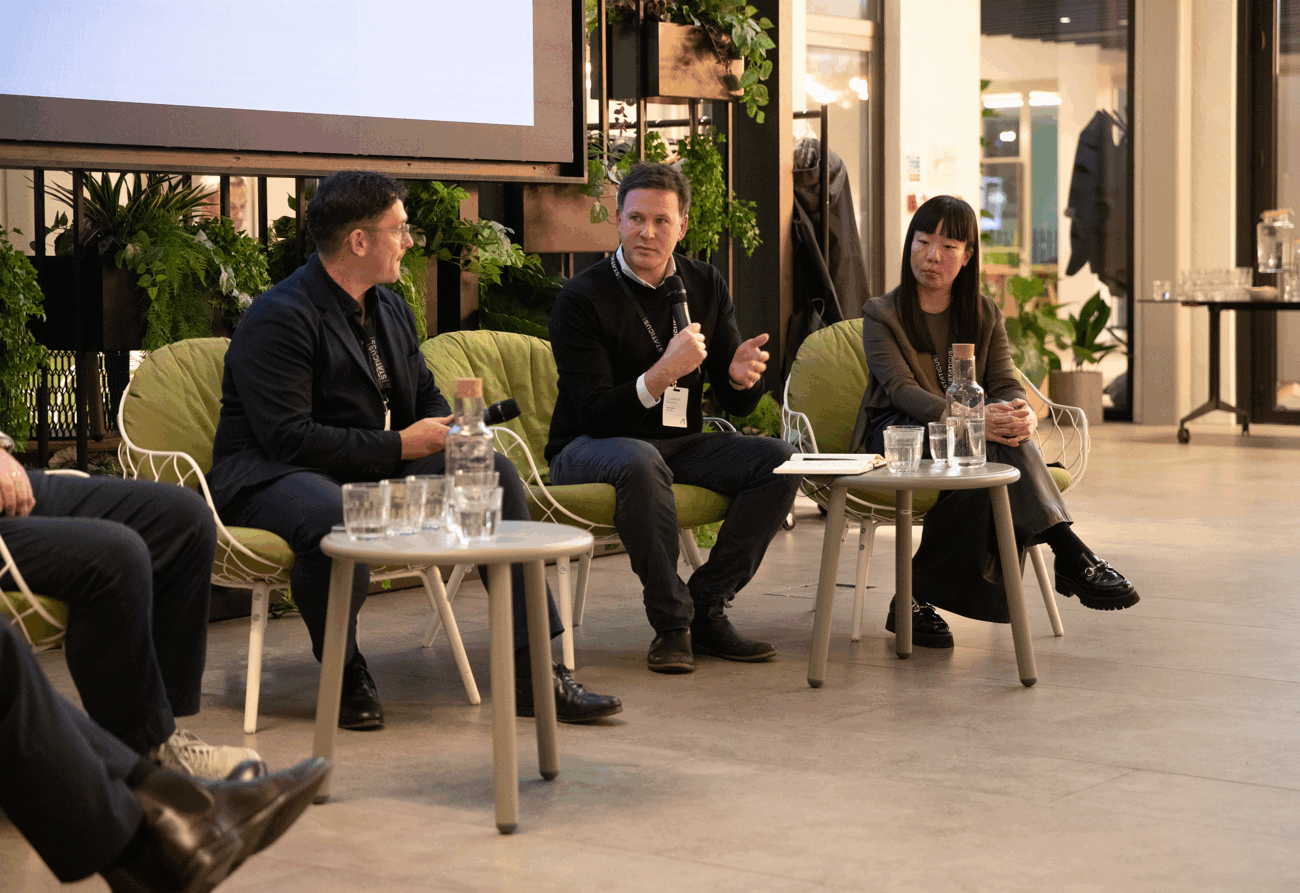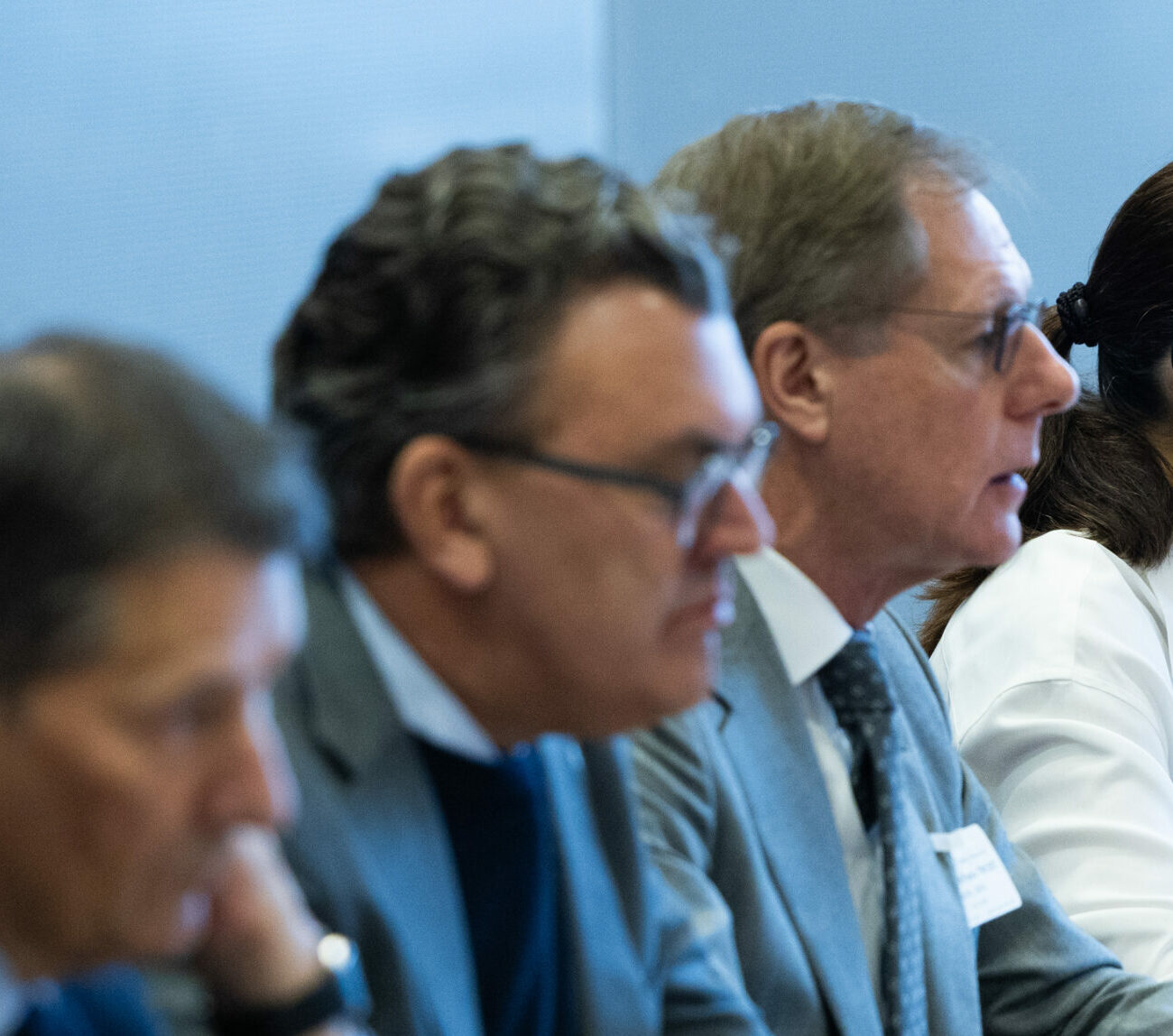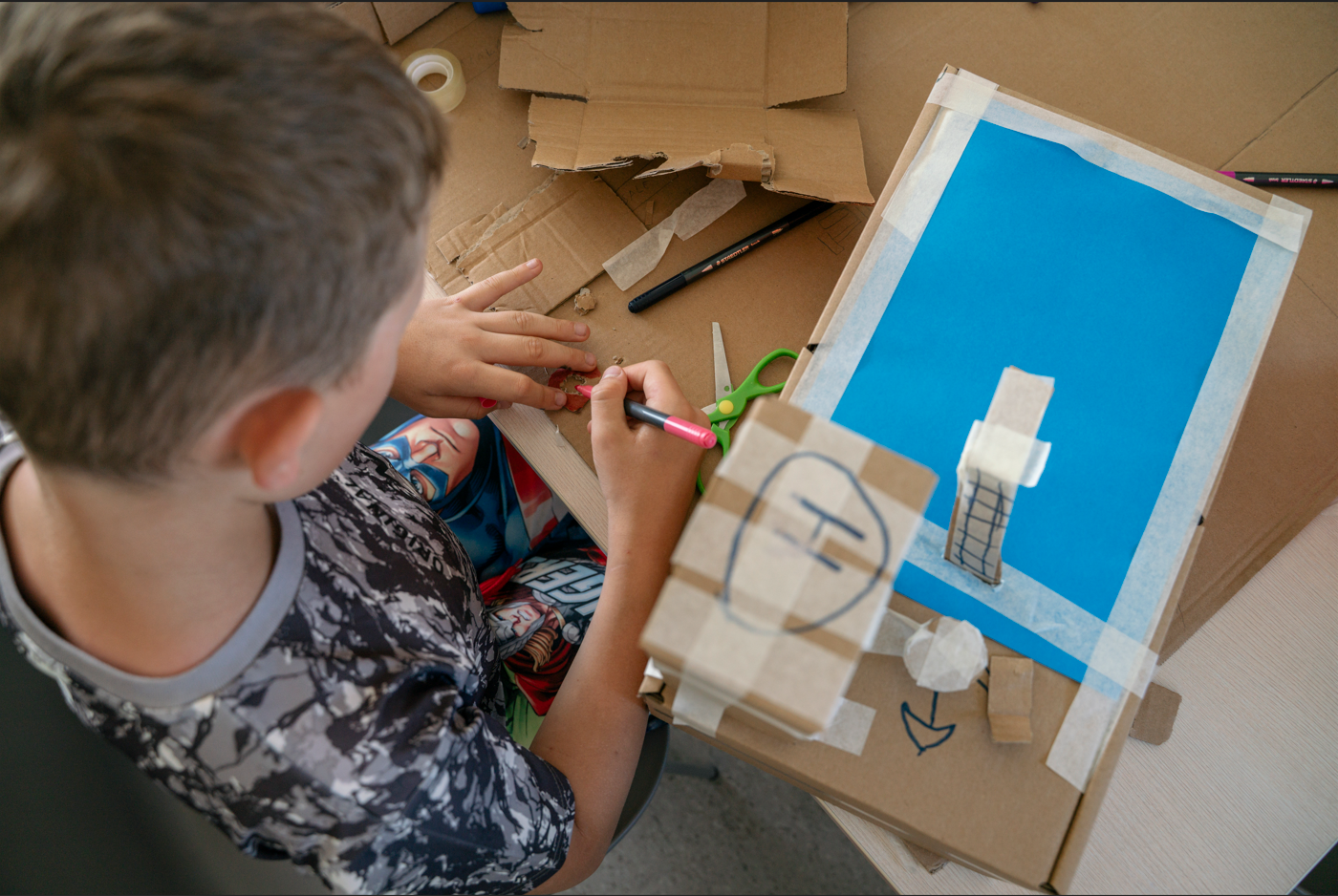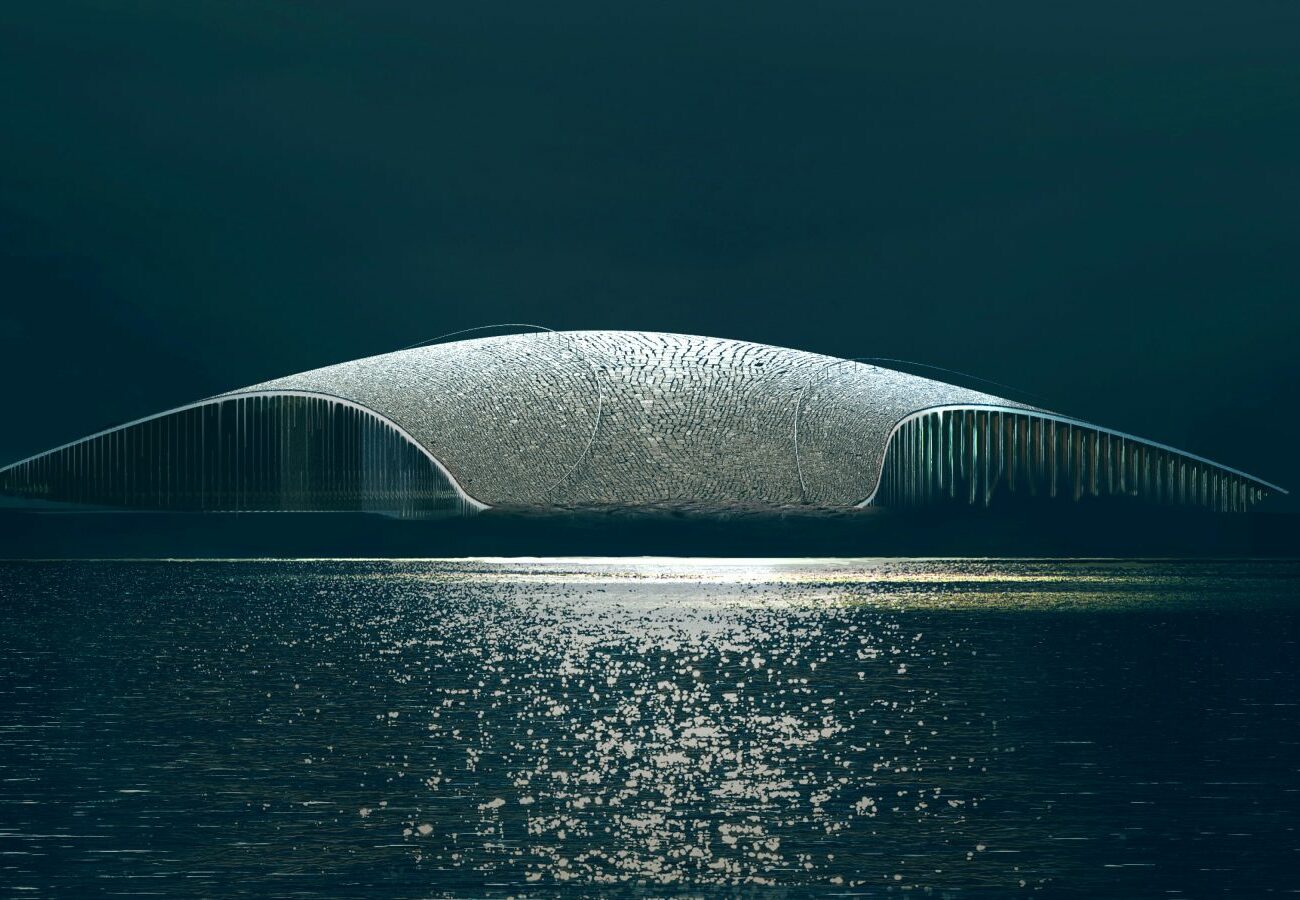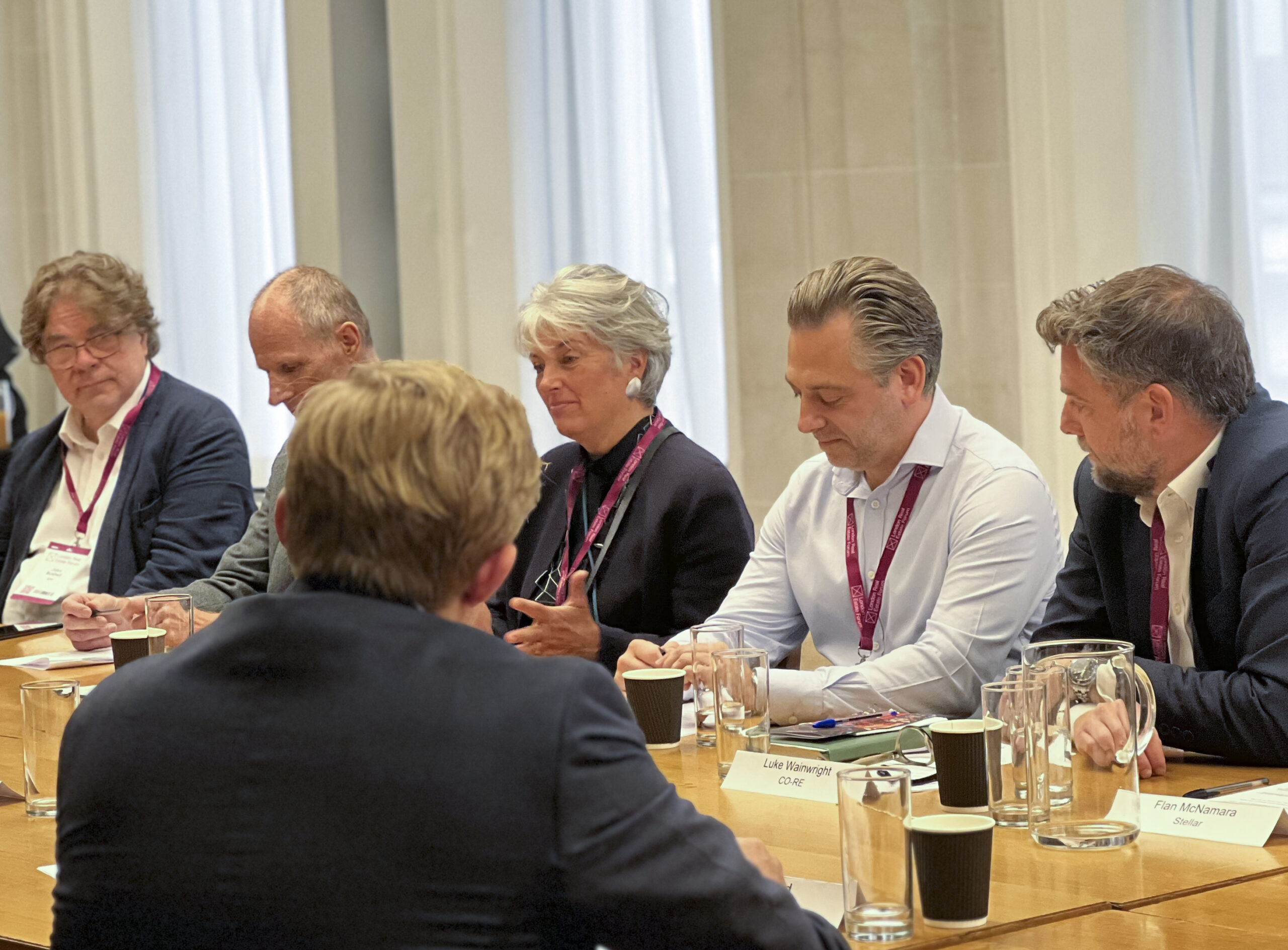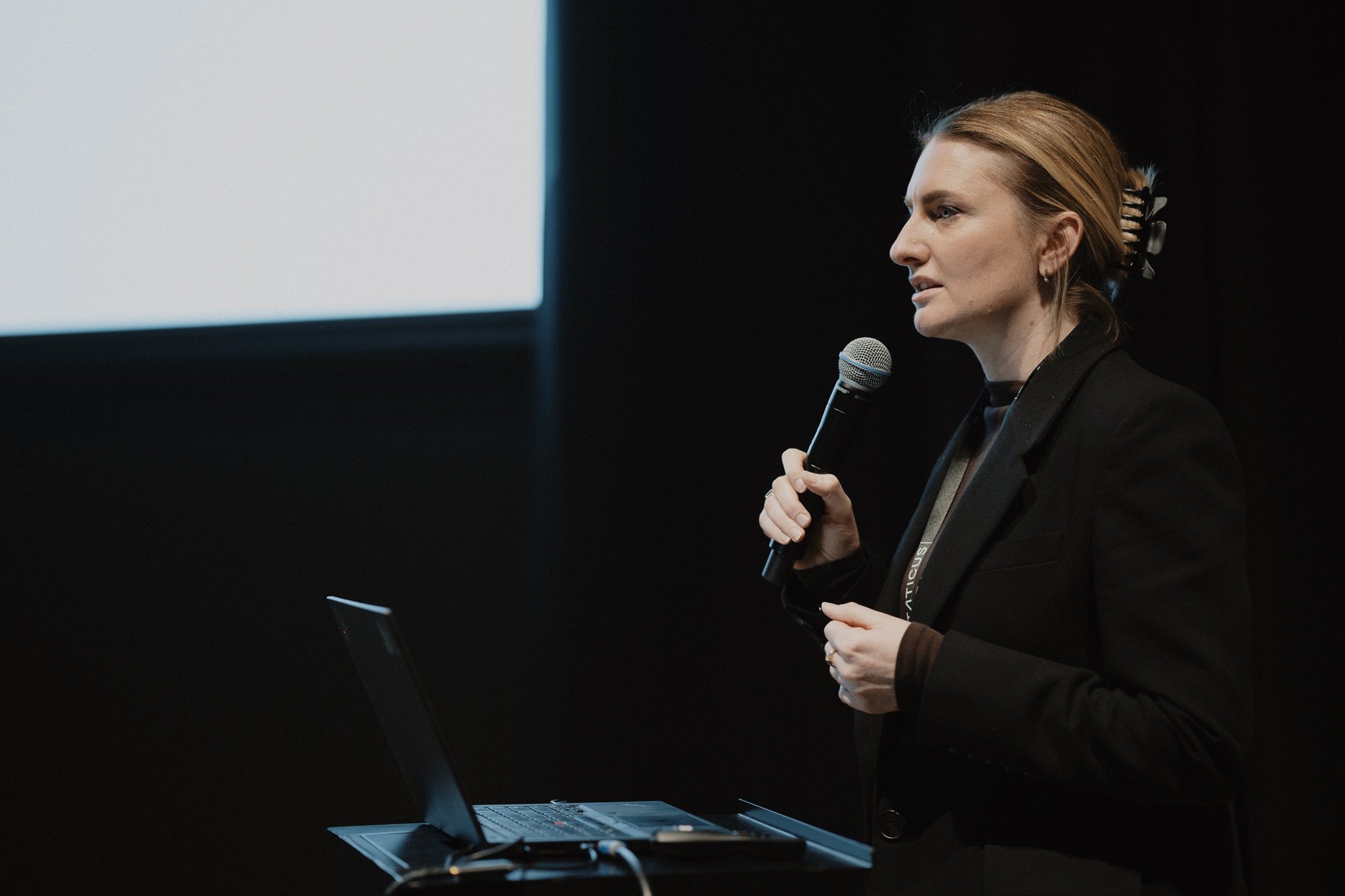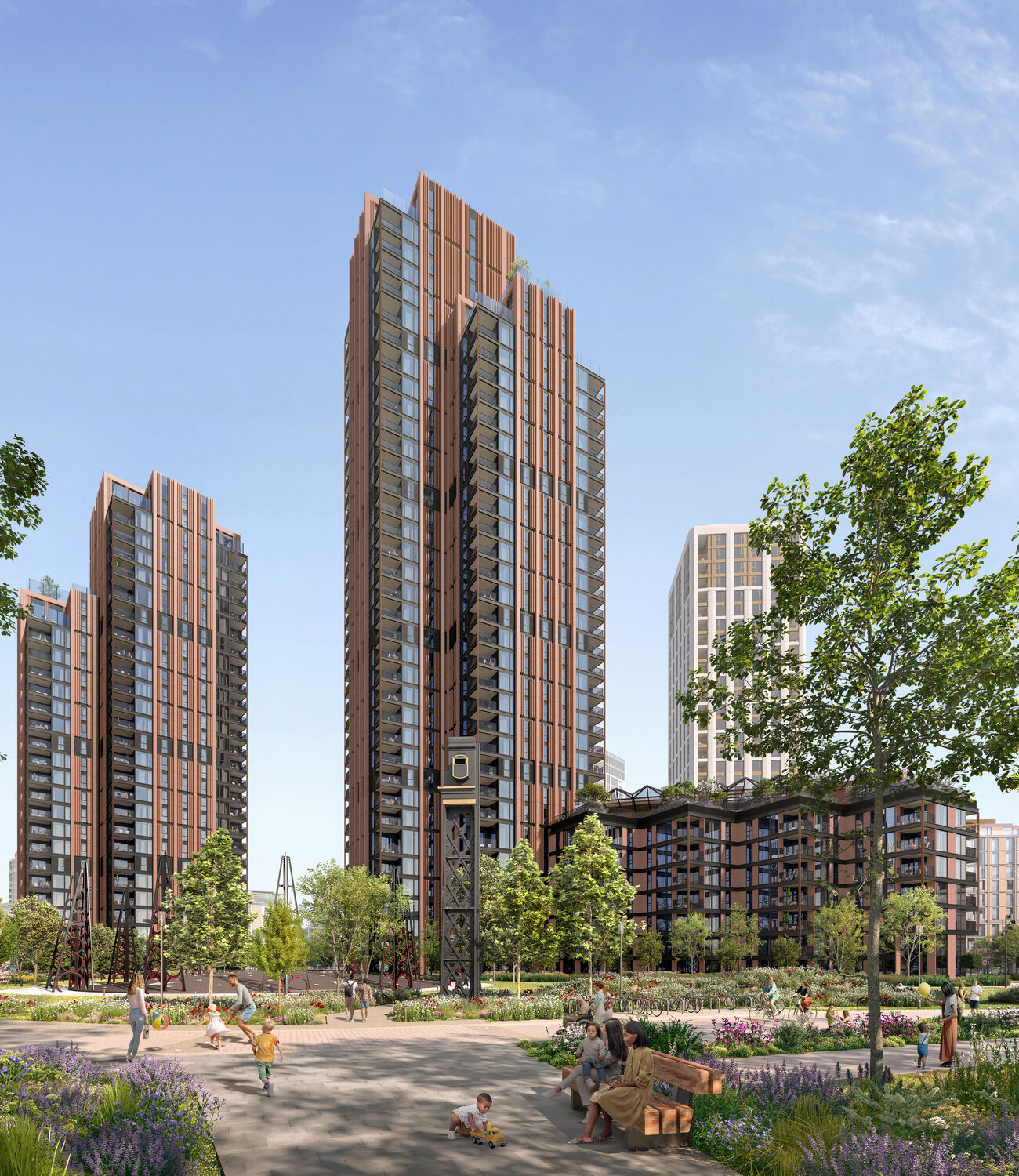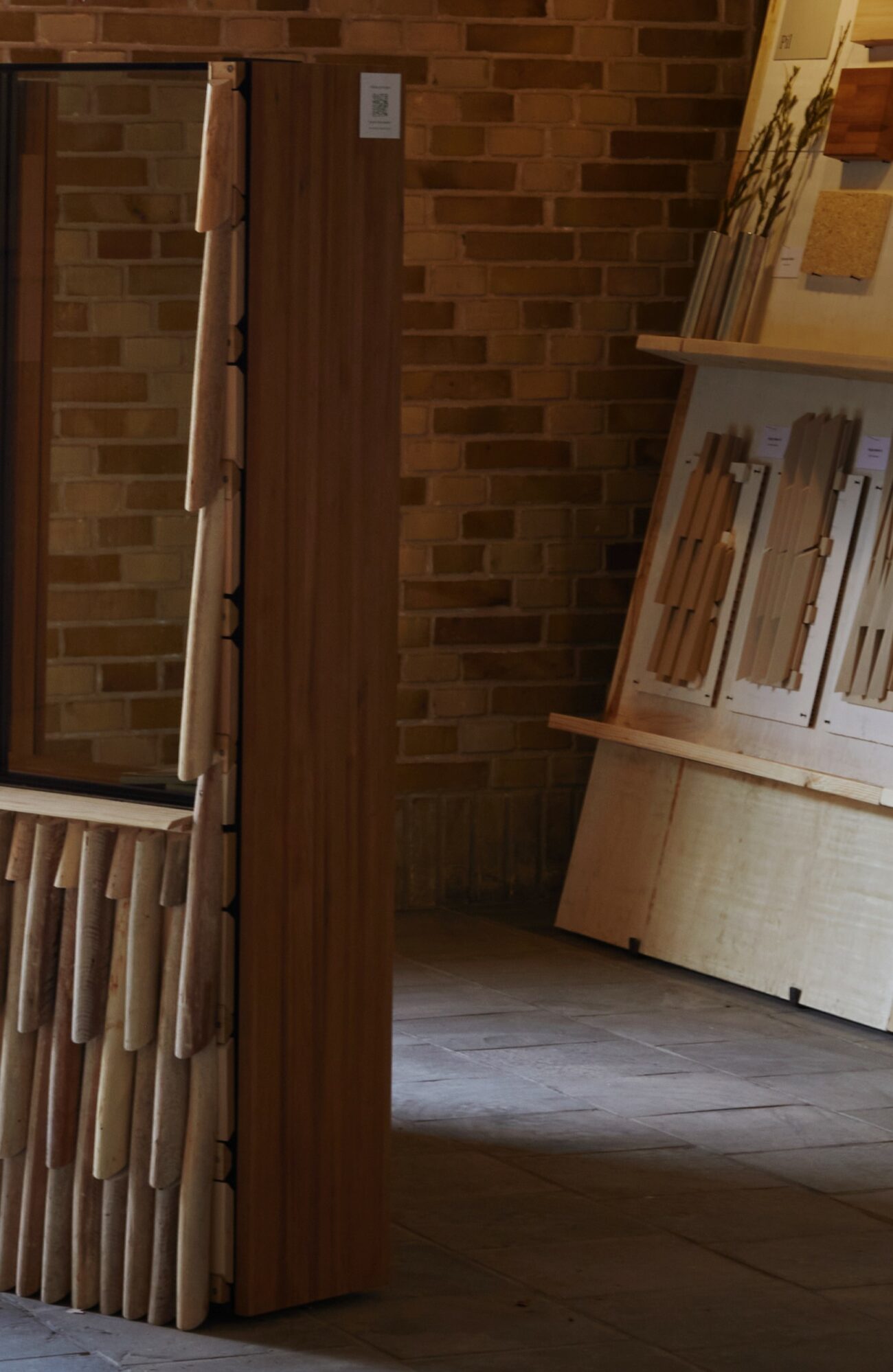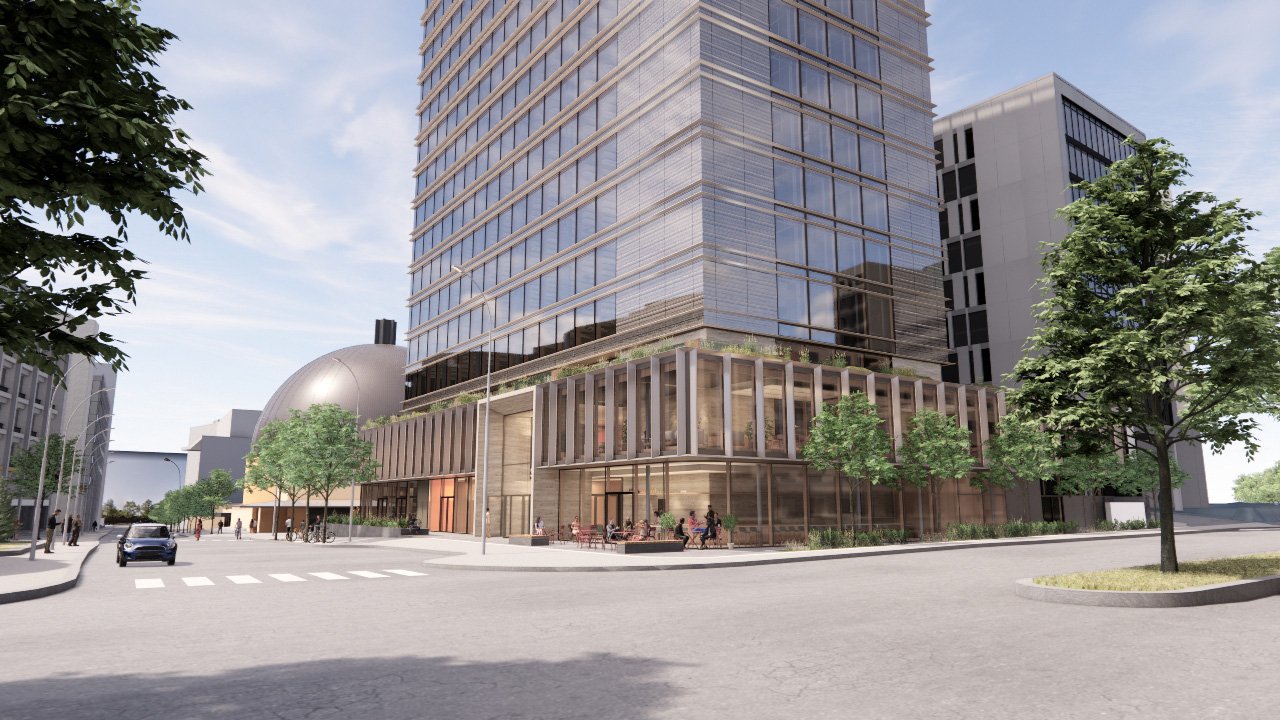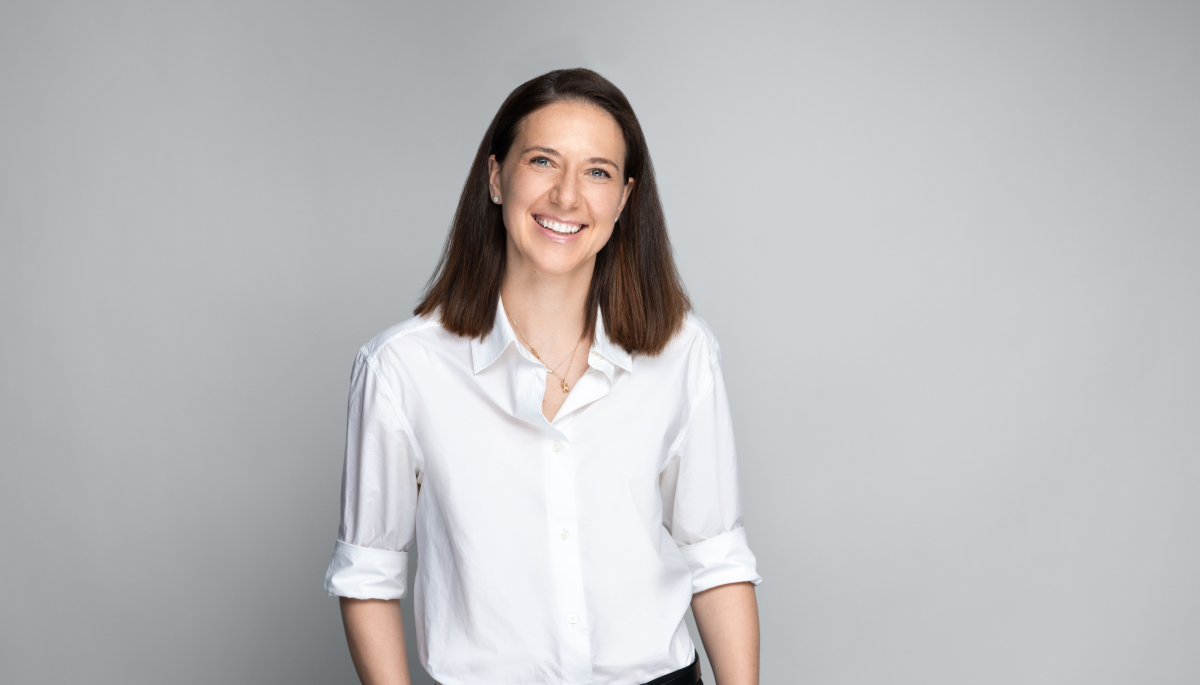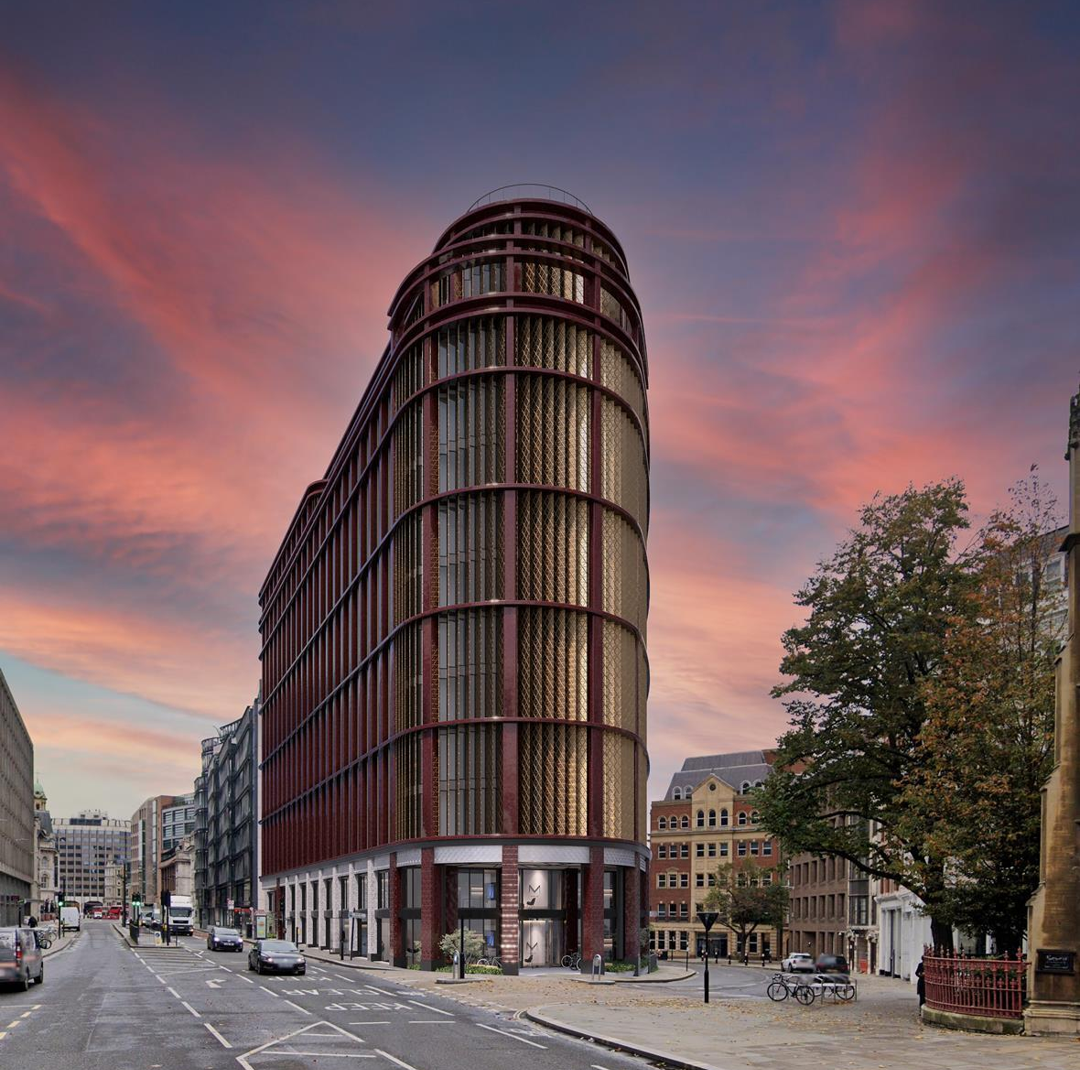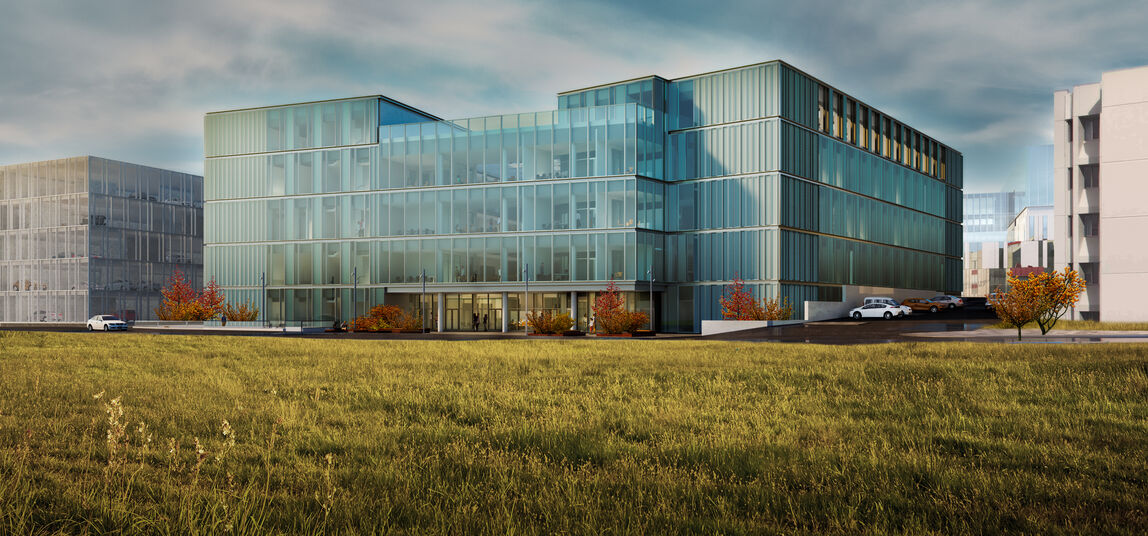Identifying truly impactful approaches to corporate sustainability is challenging. How can you tell if it is just for show, or if sustainability is actually integrated fully into the strategies and operations of a business?
If anyone is equipped to answer this question, it’s Dr. Andrew Mountfield. Andrew is a Senior Advisor at sustainability consultancy Sustainserv, with experience in strategy design, sustainability and performance management as a Partner at PwC Consulting and Horváth. He is also a university lecturer and researcher, has worked at the ETH Zurich and the University of Cambridge Institute for Sustainability Leadership (CISL), and is currently leading the Oxford Rethinking Performance Initiative.
Andrew, and Sustainserv Managing Partner, Stephan Lienin, played a key role in helping us form our sustainability strategy, as our Sustainability Lead Anastasiya Popova explained in her recent article on the topic. So, with our sustainability strategy moving forward rapidly (we are now defining KPIs and setting short and long-term targets for each of our 5 focus areas), we thought now was a good time to sit down with Andrew and reflect on the process so far. We were curious to get his take on what it had been like to work with us, and what he had observed about our approach.
Dr. Stephan Lienin, Managing Partner of Sustainserv
Andrew’s assessment: a company well-positioned to implement sustainability
Andrew provided a lot of input during our conversation, but his key message was loud and clear – Staticus is well-positioned to truly implement sustainability. Or, as he put it, “to make sustainability built directly into your purpose, business model and profitability, rather than just tinsel on the Christmas tree.”
In fact, Andrew identified several key features of our company that he believes makes us better positioned than most to succeed:
- A leadership team that has a long-term focus but is ready to adapt to immediate client needs,
- An end-to-end value chain that facilitates sustainability,
- A client-centric approach that focuses on early engagement,
- Diversity across the organisation, including at the executive level,
- Distributed leadership and a “fail fast” culture,
- And a constant drive to go from complexity to simplicity.
Let’s take an in-depth look at what Andrew had to say on each of these topics.
Feature 1: A leadership team that has a long-term focus but is ready to adapt to immediate client needs
“What struck me about the leadership team at Staticus is that it has a very good balance between its long-term purpose and its short-term actions,” says Andrew. “So they are very good at committing to sustainability and saying ‘we’re here for the long-term’. On the other hand, they want to create value for their clients right now.”
“Take Aulikki Sonntag (Staticus’ Chief Business Development Officer) who I worked with a lot during this process. She is very focused on the customer and is constantly thinking about how they can respond to their needs and deliver sustainability for them today, tomorrow, next month. This approach helps to ensure you are not just offering fluffy platitudes.”
But, according to Andrew, Staticus is unusual in the industry because it is combining this immediate focus with a genuine and deep long-term commitment, which reflects their organisational purpose.
“I see a very strong commitment of capital. I see a clear focus on R&D and an allocation of resources. And I see a workforce that understands why sustainability is being prioritised. These are all indicative of a strategic, long-term approach to sustainability.”
“But most striking of all, I see Staticus taking really difficult and fundamental business decisions that they can’t simply row back on. These are decisions that, once you’ve said yes to, require a strong commitment of resources and strategising. And in construction, this is certainly unusual. There are plenty of companies that follow what I call a TTMAR approach – ‘take the money and run.'”
“In other words, there are easier ways to make money in this business than the approach Staticus is adopting. But they are taking this approach because of their long-term thinking and this is reflected in their commitment to sustainability.”
Feature 2: An end-to-end value chain that facilitates sustainability
According to Andrew, the most striking example of Staticus’ long-term thinking and willingness to fully commit is the decision to offer an end-to-end value chain.
“Staticus has taken the decision to do almost every activity in the value chain,” he explains. “That means an organisation that encompasses sourcing right through to after sales, and potentially beyond. Offering this value chain requires a strong commitment to long-term strategising, but it also means you have to think about what sustainability means for every single department. It’s a decision that is difficult to reverse and requires substantial resources.”
But, argues Andrew, it also unlocks unique opportunities to deliver value through sustainability in new ways. “You get to think about every level. For example, you can talk about carbon content, and the fact that processes like aluminium smelting are highly energy intensive. And it plays into a really critical point – that it is just as important to build sustainably designed products, not simply to be low carbon in the production function. With Staticus’ model, they can impact both these areas.”
It even creates exciting new ways of approaching the façade business, Andrew says: “You can ask fundamental questions like ‘What do we sell?’ Are we offering aluminium façades, or do we now provide building shells on a lease basis, and then think about end of life in interesting ways?”
The opportunities created by this approach are significant, but the fundamental issue is that it ensures sustainability is embedded in why Staticus exists. “The key point about this end-to-end value chain is that it means, by definition, that sustainability isn’t a side issue. It is incorporated into the very business model and product development process of the company.”
Feature 3: A client-centric approach that focuses on early engagement
So, thanks to its end-to-end value chain, Staticus is in a position to impact every stage of the process. But, argues Andrew, without client engagement this doesn’t mean anything. “You’ve made this tremendous commitment, creating a value chain that’s unusual. But if the interface with the client is missing, none of those commitments make any difference.”
“That’s why client-centricity is so important. I mentioned Aulikki’s approach earlier. But, from what I have seen, this attitude of thinking deeply about the client’s needs is found across the organisation. Staticus are very good at constructing sustainable solutions together with the client, because they think about designing products with the client, not for the client.”
“In terms of the client relationship, what I find especially interesting is Staticus’ early engagement and presales activities. They are able to say to their clients, right at the very beginning: ‘we are a competent and creative solution provider, and we are going to help you solve your sustainability problem, too.’ They get involved early and shape the conversation.”
“This means they can actually help the client formulate a project’s specifications before the tender. Then when you get the RFP, your sweet spots are already there. And because you control the whole value chain, you know you can deliver. It’s very smart from a business point of view because you will increase your win-rate. Sure, you need to commit some resources upfront to a project you haven’t even secured yet. But it quickly pays off when you secure more and more projects.”
“Ultimately, Staticus is co-creating new products and services with their clients. And this is where the growth, innovation and advances in sustainability come from.”
Feature 4: Diversity across the organisation, including at the executive level
Andrew attributes Staticus’ ability to co-create sustainable solutions, at least in part, to the company’s diversity.
“They design with their stakeholders without a patriarchal, top-down approach,” he points out. “Staticus is not a male, pale, stale organisation. Quite the opposite, it’s a diverse organisation that is skilled at finding very smart people – like Anastasiya Popova, Staticus’ Sustainability Lead) who I worked with closely – and giving them responsibility early on.”
This creates a culture that is ideally set up for delivering sustainability. “This diversity, showcased at the executive levels, has helped to create a nimble and responsive organisation. And there’s substantial research showing that companies who succeed in implementing sustainability consistently and fast usually have a track record of doing this in other areas.”
Feature 5: Distributed leadership and a “fail fast” culture
An end-to-end value chain, a client-centric approach, a strong ability to co-create thanks to a diverse team – all of these qualities help Staticus to home in on specific ways to deliver sustainability together with their stakeholders.
But, as Andrew is quick to point out, it is a significant jump from identifying what should be done, to actually executing.
“A lot of companies struggle with the leap from the commitments made by top management down to what middle-management actually does,” he explains. “What helps here is having a nimble and engaged organisation, where there is trust and distributed leadership.” A good example, he says, was how impressed he was with the speed with which Staticus took on responsibility for crafting the detailed concepts within the sustainability strategy and making it their own.
Distributed leadership is something Andrew witnessed a lot of at Staticus. “I saw that there is constant communication, and what works and what doesn’t work is transmitted across the company all the time. There is also a clear “fail fast” culture, where mistakes are understood to be part of the innovation process.”
According to Andrew, practising distributed leadership and empowering team members across the organisation can unlock huge potential. “In this situation, you get stewardship for natural resources from top to bottom. And think how powerful this is in an organisation that covers the whole value chain.”
“Take areas like aluminium, water, waste. The senior team defines what our commitment is in this area. But then you think about the people who will put this into action. You don’t just tell them what to do, but instead adopt a distributed leadership style where they make these initiatives their own. I saw that there was so much of this already happening at Staticus.”
Feature 6: A drive to go from complexity to simplicity
“There is one more vital ingredient for effective implementation which I saw a lot of at Staticus, especially from the CEO, Ausra. That is a desire to get from the complex to the simple. And this is important because it helps to answer the question: ‘How do I share this vision with everyone in the organisation and beyond?'”
Ausra Vankeviciute, Group CEO at Staticus, was a very active participant in the process of formulating Staticus’ sustainability strategy. “There was one conversation I had with her,” Andrew recalls. “She basically said, ‘I need your help to combine all of this with our brand strategy so we don’t confuse people.'”
“Ausra wanted to ensure sustainability wasn’t just ‘another animal for the zoo.’ She wanted it to be integral to how Staticus operates, and to be embedded in their purpose and linked to existing strategies, to the brand, the product development process, the way they implement projects.”
For this integration to happen, explains Andrew, it was critical that the inevitable complexity of Staticus’ sustainability strategy could be transformed into simple, memorable concepts and practices. “This is a complex organisation, working in a complex field. And by the end of the process we had a strategy map with around 25 objective areas. Ausra’s idea was that we want a few key concepts that employees and partners would be subconsciously carrying around with them.”

This approach led the Staticus team to come up with 5 key focuses, which now form the cornerstones of Staticus’ sustainability activity.
A sustainability lighthouse in the façade industry
Thanks to this myriad combination of features, and the clear commitment and proactive approach to sustainability Staticus has, Andrew believes the company is a pioneer in the European façade industry.
“Staticus is a leader and a lighthouse in the industry,” he argues. “What they are implementing through their business is having a major impact.”
“And it is impactful not just in terms of environmental and social areas. They can prove that sustainability is not just compatible with successful business, it is integral to it. What they are doing now in terms of sustainability is helping them to manage costs, increase their win-rate, and gain repeat work through long-term relationships.”
“And when others in the sector see this, they will follow suit, which benefits everyone.”

